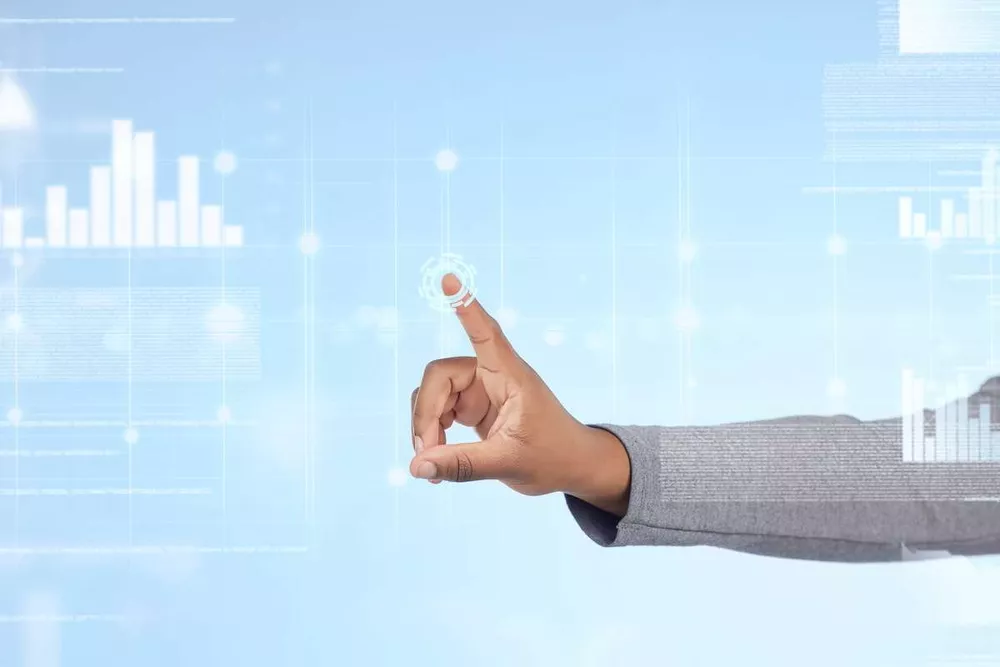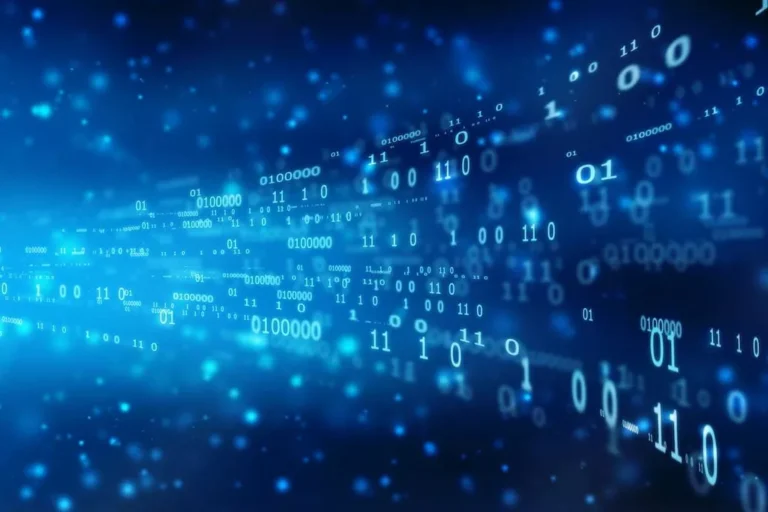SHADES (Stereotypes, Dangerous Associations, and Discriminatory Speech) is an important dataset created to measure bias in AI throughout many languages and cultures. It is the primary giant multilingual dataset to study how stereotypes appear in Massive Language Models (LLMs). Developed by a team of worldwide researchers, together with individuals from Hugging Face, SHADES offers a straightforward method to find dangerous biases in AI-generated content. Our experts consider the entire transcendence of human biases may be an elusive goal for AI. “Given its inherent connection to human-created knowledge and aims, AI methods can be designed to be extra impartial than humans in particular domains by constantly making use of well-defined equity criteria,” believes Masood. In Accordance to Bogdan Sergiienko, Chief Technology Officer at Grasp of Code International, AI bias happens when AI systems produce biased outcomes that mirror societal biases, corresponding to these associated to gender, race, culture, or politics.
This article explores what AI bias is, the way it manifests, and why addressing it is important to make sure fairness, belief, and compliance with emerging laws. By adopting these practices, firms can effectively reduce AI bias whereas nonetheless harnessing the power of AI to drive innovation and make higher decisions. Subsequent, we are going to discover some real-world functions and use cases of AI bias to know how bias manifests across different industries and the way corporations are addressing it. Every of these bias varieties can manifest in on a daily basis eventualities, from healthcare instruments misdiagnosing patients of certain ethnicities to HR techniques that inadvertently display screen out certified candidates for no justifiable purpose.
Choice Bias

AI bias (also generally identified as algorithmic bias, or bias in AI) happens when AI methods produce unfair, inaccurate, or discriminatory outcomes due to biases in the data, algorithms, or mannequin design. These biases can unintentionally favor sure teams or data traits, main to moral considerations and real-world consequences. Algorithmic bias is likely considered one of the most common varieties, where the system internalizes logic that displays hidden patterns or errors contained in its training information. Plus, if the info is incomplete or not representative of the broader inhabitants, the AI might struggle to produce honest and correct ends in eventualities it hasn’t encountered, further perpetuating discrimination. Higher data, analytics, and AI could turn out to be a strong new tool for inspecting human biases. This may take the form of running algorithms alongside human decision makers, comparing outcomes, and examining possible explanations for variations.
This means biased outcomes can rapidly and invisibly affect massive populations, magnifying dangers and impacts across a quantity of sectors. When leaders tune into the human dynamics within their organizations, especially how past selections have affected different groups, they acquire valuable insight into their own inside biases. This type of reflection doesn’t just benefit workplace tradition; it also informs higher practices for AI audits. As an Emerald Insights report on AI bias auditing explains, involving diverse stakeholders and community voices is important to constructing rigorous, inclusive audit processes. In this way, empathy audits are greater than only a device for supporting teams, they lay the muse for human-centered, bias-aware AI methods.

The research confirmed that AI and machine studying companies could possibly be useful but additionally revealed significant problems, especially in producing and validating accessible content material for individuals with disabilities. Another examine indicates that AI-driven diagnostic tools for pores and skin cancer may be much less accurate for individuals with dark pores and skin, mainly as a outcome of the image databases used to coach these techniques lack diversity in ethnicity and pores and skin type. Suppose about facial recognition software program that misidentifies folks of a certain race, leading to false arrests or surveillance.

What’s Ai Bias?
Hiring algorithms used to display screen applications have a demonstrated bias towards individuals with disabilities — actually because these techniques are skilled on information that solely reflects able-bodied norms and assumptions. And resume scanners are apt to reject candidates with massive gaps in their work history, without contemplating that those gaps may be due to health-related causes. By reinforcing ableist hiring practices, AI recruiting tools restrict job opportunities for individuals with disabilities and perpetuate discrimination within the job market at scale. Generative AI tools — significantly picture turbines — have developed a reputation for reinforcing racial biases.
Ensuring fashions are inherently truthful can be completed by way of numerous strategies. One approach is named fairness-aware machine learning, which includes embedding the thought of equity into every stage of model growth. For instance, researchers can reweight cases in coaching data to take away biases, modify the optimization algorithm and alter predictions as needed to prioritize fairness. Human in the loop (HITL) involves humans in coaching, testing, deploying and monitoring AI and machine studying models. While models nonetheless be taught on their own, humans can step in to resolve https://www.globalcloudteam.com/ problems the fashions battle with and proper any mistakes they make. This means, teams can rapidly identify biases and take away them from the training process.
For occasion, crimes committed in areas frequented by the police usually have a tendency to be recorded within the training dataset simply because that’s where the police patrol. Consequently, the algorithms educated on such information are likely to replicate this disproportion. Incorporate reinforcement learning with human suggestions (RLHF) as a continuous enchancment course of. RLHF enables AI models to refine their decision-making by studying from human enter. Rather than relying solely on knowledge, this method permits AI to adapt to altering human preferences, moral requirements, and moral expectations over time.
- In Europe, the EU AI Act introduces risk-based requirements for data high quality, documentation, and human oversight.
- You ought to pay particular attention to issues in historical data and data acquired from third parties.
- Fortuitously, even amid so much uncertainty, there are some steps that each group can take right now.
- When you utilize AI in customer support, you’ll be able to have a look at buyer satisfaction scores as indications of bias.
- Guaranteeing comprehensive and correct knowledge collection is critical to avoid this drawback.
Realizing these alternatives will require collaboration throughout disciplines to further develop and implement technical enhancements, operational practices, and moral requirements. Because of the complexity of AI, an algorithm can be a black box system with little insight into the data used to create it. Transparency practices and applied sciences help be certain that unbiased information is used to build the system and that outcomes might be honest. Firms that work to protect customers’ information construct model trust and usually have a tendency to create trustworthy AI systems.
Foster A Culture Of Accountable Ai Development
This kind of bias could come up if the AI was educated on historic knowledge that displays past discriminatory lending practices. AI bias refers to systematic favoritism or discrimination in algorithmic selections, often stemming from imbalanced datasets or unintentional developer assumptions. For example, an AI hiring tool trained on biased historic data could prioritize candidates from sure demographics over others. Even if totally bias-free AI fashions are not yet sensible, you can nonetheless do your greatest to maximize AI equity. Our group will make sure your mannequin and coaching knowledge are bias-free from the start.
Still, because the Pew Research Heart report reveals, public belief in AI, particularly in the workplace, is way from assured. Even if people can’t process huge datasets as rapidly, for employees who’re cautious or skeptical of AI, knowing there’s a person concerned in ultimate hiring and performance selections can make all of the difference. The most typical classification of bias in artificial intelligence takes the supply of prejudice as the base criterion, putting AI biases into three categories—algorithmic, data, and human. Nonetheless, AI researchers and practitioners urge us to look out for the latter, as human bias underlies and outweighs the other cloud computing two.
Furthermore, as AI techniques turn out to be integral to important business functions, unchecked bias poses a big operational threat, affecting customer relations, compliance, and business performance. If these biases usually are not corrected through the training course of, AI systems will replicate and doubtlessly amplify these biases in their decision-making. Nonetheless, if training datasets underrepresent sure races, genders, or age teams, diagnosis accuracy might differ dramatically across populations. Many corporations use AI-powered platforms to screen résumés and recommend candidates. However, biased coaching knowledge, such as historical hiring patterns that favor a sure gender or ethnicity, can lead to AI systems being biased in opposition to underrepresented groups.
In all these industries, identifying AI bias just isn’t a one-time task but a steady process. As AI techniques learn and evolve, new biases can emerge, necessitating ongoing vigilance and adjustment. This process is essential for building AI methods that aren’t solely clever but also honest and equitable. Business leaders might need to ensure that techniques and teams are resourced to determine AI bias, and act on their findings. AI bias in hiring tools can unintentionally filter out qualified candidates based mostly on gender, ethnicity, or background. In monetary companies, biased AI can deny loans to particular demographics because of historic disparities.
Maybe organizations can benefit from the latest progress made on measuring fairness by making use of probably the most related tests for bias to human selections, too. Moreover, healthcare organizations can employ exterior audits the place impartial bodies evaluate AI tools against a set of predefined requirements for fairness and accuracy throughout numerous populations. Common updating of training datasets to include a extra consultant sample of the inhabitants can also be what is ai bias a key technique in mitigating such biases.
